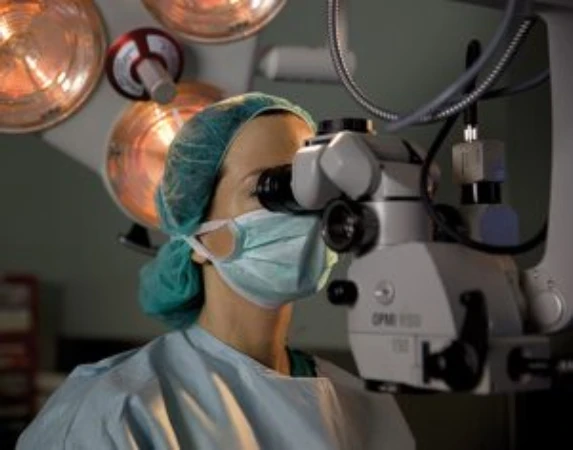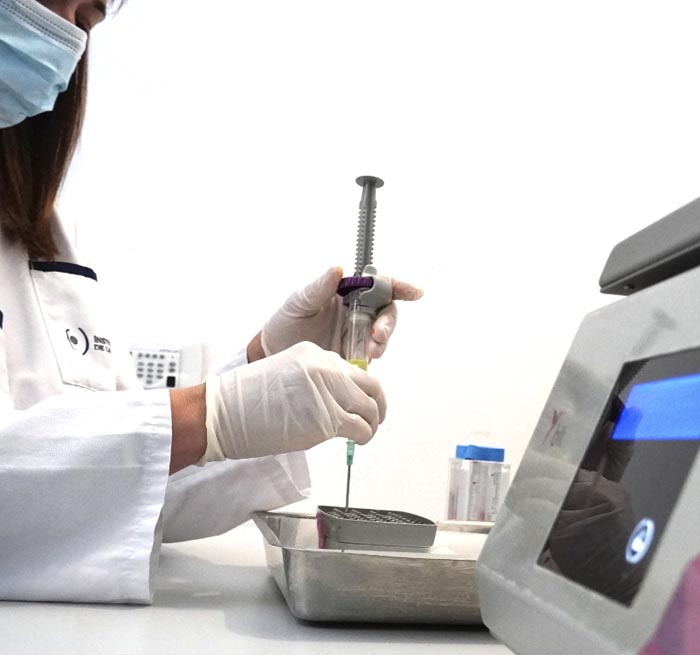Pinguecula and pterygium are eye conditions that can affect the health of your eyes. Although they share some similarities, they have their own characteristics that make them unique. Learning more about pinguecula and pterygium can help identify them in time and know how to act to avoid complications.
Pinguecula
Pinguecula is a whitish-yellow spot or bump on the conjunctiva, commonly located on the inner part of the eye closest to the nose. It is a change in the normal tissue that becomes a deposit of protein, fat, and/or calcium. This condition is usually benign and does not usually affect vision, although in some cases it may cause irritation or a sensation of a film over the eye.
Pterygium
Pterygium is a fleshy tissue growth on the conjunctiva that can extend onto the cornea. This growth can become stationary, remain small, or grow enough to interfere with vision. Pterygium is often related to sun exposure or dry environmental conditions, and it can also cause a sensation of a film over the eye as it progresses.



